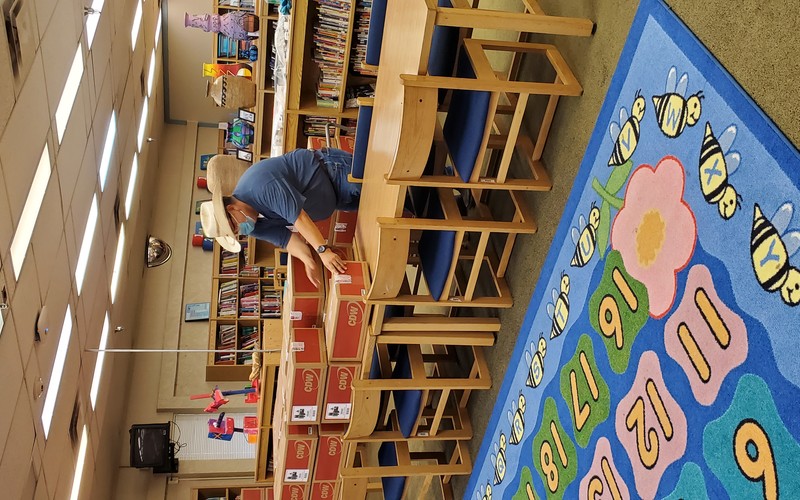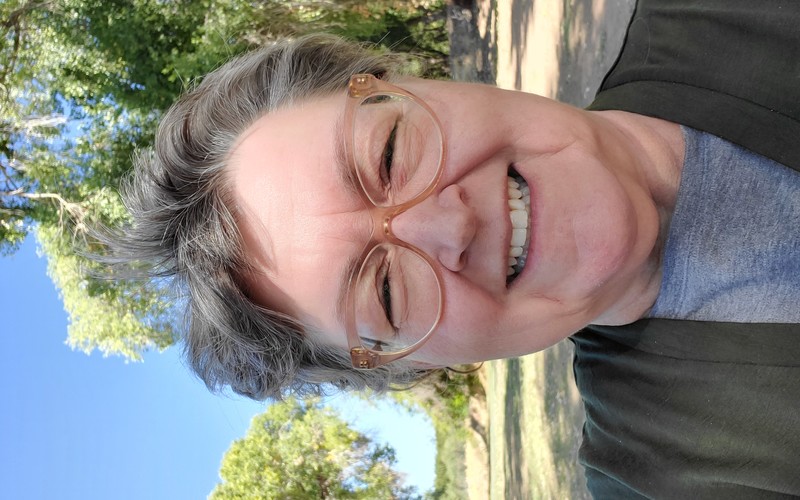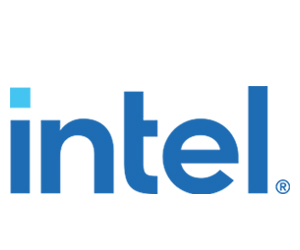“I really believe very much in the power of learning and the power of education to move communities and societies,” Franklin said. “And I’m very passionate in my belief that when you empower people and give them the tools they need, anything is possible.”
Franklin, 64, grew up in Albuquerque, N.M., and worked as a teacher and assistant principal before her current role. She spent her career with indigenous communities, landing at Gila River in 1995 at a different community school. Franklin first served as principal of the alternative high school in the community before moving over to Casa Blanca, a K-4 school. Some of her former high school students are now parents of children at Casa Blanca, Franklin said.
“I call them my ‘grandstudents,’” she chuckled. “It is so exciting to be able to work with families across the generations.”
Casa Blanca, which has 253 students, met the federal designation for a Title 1 school, meaning the school is eligible for federal financial assistance because a high percentage of its students come from low-income families and are at risk of failing to meet academic standards. And 100 percent of its students qualify for free or reduced-price lunch.
Additionally, nearly one-quarter of Casa Blanca students have a grandparent or grandparents as their primary caregivers, Franklin said.
From Emergency Teaching to Equal Access
In February 2020 at the beginning of the pandemic, Casa Blanca went to full-time distance learning, at first resorting to what Franklin calls “emergency teaching.” Quickly, though, the entire school community — tribal leadership, parents and staff — shifted into planning.
Franklin and her staff cobbled together outdated equipment for her school so they could continue their education. They made do with 10-year-old laptops, 3-year-old tablets and about 20 desktop computers purchased at least five years ago. Most of the devices had been used for testing and little else. A couple of desktops stayed in the school library in case a student needed to look up a topic on the internet.
Then Franklin found that many of her students could only access the internet through a smartphone, marking a wide digital divide. The community committed to ensuring that all students had equal access to the internet. That meant investing in a Wi-Fi hotspot for every Casa Blanca family. If a family had more than one student at the school, they got a second hotspot. The cost for the Wi-Fi build-out — a total of 159 hotspots — would have paid a teacher’s annual salary, Franklin said.
DISCOVER: These 3 online learning tools help boost remote instruction.
Next came the devices. Franklin wanted every student to have a laptop, but in households with more than one Casa Blanca student, she settled for one per family, which meant some students had to alter their time in class.
Even if Casa Blanca had the money, getting enough laptops during the pandemic would have been tough. The sudden shift to distance learning caused a nationwide shortage, with long waiting lists for most manufacturers.
Still, Franklin started pulling together funds to order devices when they became available. Then, she learned about First Book’s Creating Learning Connections initiative that would supply devices and broadband enhancements to schools in need.
Last spring, amid the pandemic-related shift to distance learning, First Book, a nonprofit organization focused on helping remove barriers to learning for children in need, surveyed 1,000 of its members. Respondents estimated that 40 percent of the children they served lacked access to reliable internet service at home, and 37 percent had no functioning device to use for remote learning.
“There were kids who, in so many of the communities that we selected, had no devices or had just a handful of devices similar to Casa Blanca,” said Becki Last, First Book’s chief programmatic officer. “A lot of folks were still doing paper. They were printing out reams of material and dropping it at kids’ doorsteps so that they would have resources. Kids were driving to local churches and libraries to get access to the internet.”















